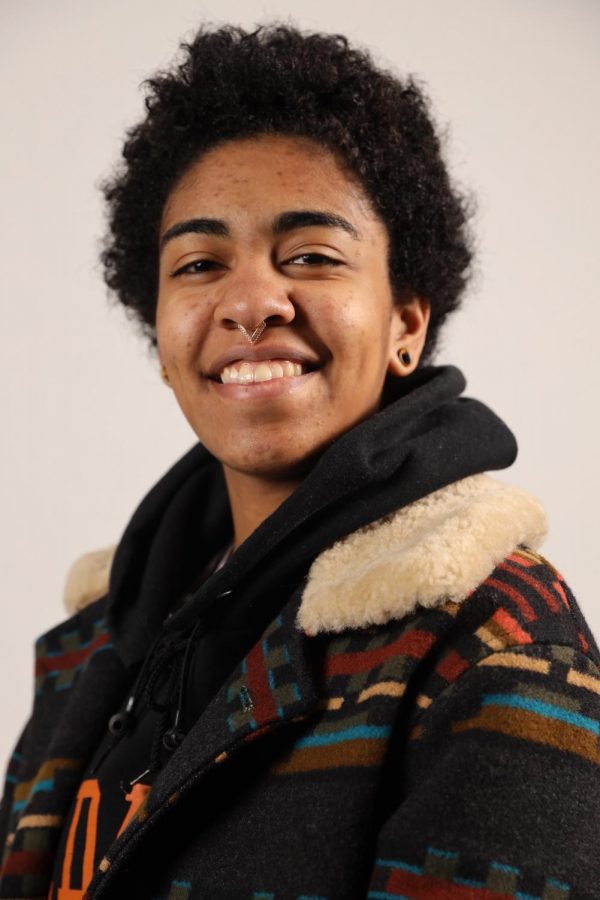According to the Associated Students Inc. Board’s organization chart, the student body is supposed to have the most powerful voice in the administration of the University—more than President Leslie Wong, Vice President of Student Affairs and Enrollment Management Luoluo Hong and Executive Director Jason Porth—yet less than 5 percent of students voted last week for ASI elections.
This is an ongoing trend illustrative of low student involvement in self-governance, and according to current members of the board, a lack of effort on behalf of SAEM to inform students of the election is a major contributor to this deficit.
Around 1,200 students out of nearly 30,000 voted in this year’s ASI Board election, according to the unofficial election results provided by ASI.
So why did 96 percent of students fail to participate in electing Preyansh Kotecha as ASI president, whom, if his victory is ratified by the ASI Board, will be the University’s first international student to assume the post?
“A lot of students did not know about Associated Students or what the heck it was. They didn’t even know we had student government. They barely knew about it,” said ASI elections commissioner Nia Hall on behalf of Interim Executive Director of ASI Horace Montgomery. “That was kind of crazy to me, to actually work in Associated Students and know that so few students knew what it was. That they didn’t know who was running, didn’t even know that there were elections going on.”
President-elect Kotecha also said lack of awareness is a key culprit and he thinks faculty involvement could help.
“We need to get the professors involved in this as well because professors are in direct contact with students, rather than the department,” Ko-
techa said. “Students only go to the department when they have a problem or AS when they want to use certain services, but they’re always going to their classes.”
ASI and SAEM did not send out a campus-wide email to students informing them of the election, as is required by Election Code Article 8, Section 2, which is likely a major factor in student abstinence in the election.
According to the Election Code, the University is required to inform eligible voters about when and where they can vote at least five days before
the polls open but SAEM failed to lend its support to students’ only representation within University administration. This, intentional or not, effectively silences the University’s biggest stakeholders.
According to Residential Hall Association Representative and incoming Liberal and CreativeArts Representative Joshua Ochoa, SAEM only
allows ASI to communicate with their constituents via email once a month, and SAEM would have been responsible for alerting students via email of the election.
Even though there were no physical polling places during this election, there should have been a better effort to inform students how and why
they should vote through email, text, posters and a more aggressive tabling effort. Ochoa said in the past SAEM also made students aware of the election via iLearn, however they did not utilize this or any of the aforementioned resources in the 2019 election.
“[Voting] was actually pretty low compared to the last three years overall,” Hall said. “It was a little bit over a thousand students who came out
and actually voted.”
Hall said having on-campus polls would have increase voter turnout and the incoming board needs to do a better job of creating an inclusive
process.
“Coming up in the next elections process and over the summer we’re going to try to instill some of the old elections tactics we’ve had in the past,” Hall said. “Try to get polling places back on campus so that people know where they can come and vote, because we didn’t have that this year.”
Other issues that contribute to low voter turnout are keeping the electronic polls open for only three days and only hosting two town halls. It is
not realistic to expect students to vote in a such a short period of time. Why not extend it to two weeks? This would give ample time to increase
student awareness of the polls and encourage voting.
Why not upload videos of town halls that could then be shared on social media to get students
invested in our shared governance?
In not providing students enough time to review and elect candidates who represent their best interests democracy is obstructed.
The ASI Board is responsible for approving resolutions, funding activities and representing SF State at the Chancellor’s Office level. This cannot
happen when students don’t vote.
“A goal was to have 10 percent voter participation,” Ochoa said. “But we didn’t [achieve it]. It’s disappointing.”
Fault mainly lies with SAEM for failing to support functioning self-governance for students.
Until a longer and more inclusive process is implemented, winning these elections will rely on who has the biggest circle of friends to vote for
them. That’s not democracy, that’s bureaucracy. This isn’t power, it’s a placebo. These elections are a means for the University to save face and give students a false sense of representation, if they are even aware of the fact that they are “represented.”
As long as the current system is not equitable for all students, these elections are nothing more than a show that happens in the dark.





![“As a member of the intelligence committee and the judiciary committee, she's been [Kamala Harris] in the middle of the most critical national security challenges our country faces,” Biden said at his first joint campaign event with Harris.(Sheila Fitzgerald / Shutterstock.com)](https://goldengatexpress.org/wp-content/uploads/2020/09/1486862834-huge-900x643.jpg)



